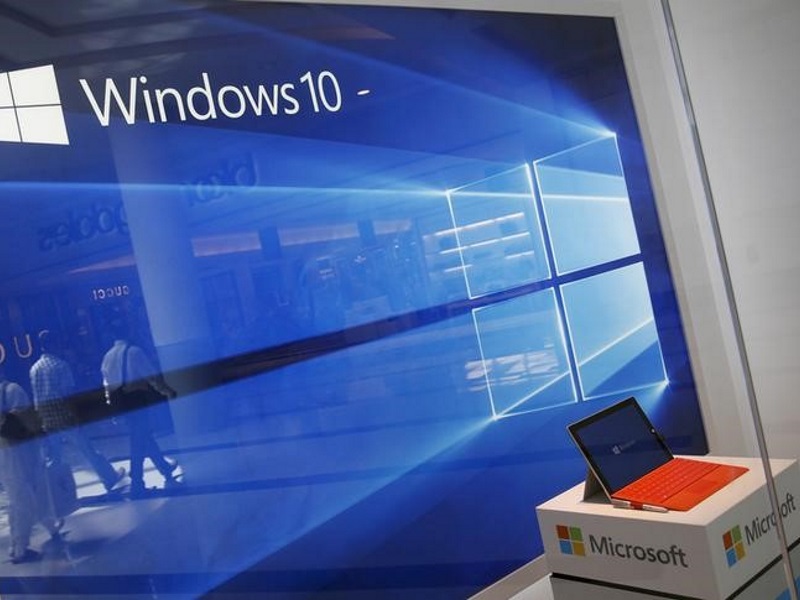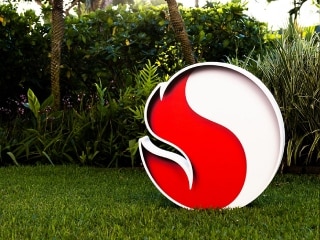- Home
- Laptops
- Laptops News
- Microsoft Now Labels Windows 10 as a Recommended Update
Microsoft Now Labels Windows 10 as a Recommended Update

Nearly six months after releasing Windows 10, Microsoft has begun pushing the new operating system as a 'Recommended Update' to users. While the change in the labelling (prior to the announcement it was an 'optional' update), will help many users upgrade their computer, it would also mean that things will become more annoying for those who don't want Windows 10 on their system yet.
Last year, Microsoft said that it would categorise the Windows 10 update as a Recommended Update in early 2016. That day has come. Microsoft on Monday confirmed that Windows 7 and Windows 8.1 users now see Windows 10 as a Recommended Update in Windows Update application.
"As we shared in late October on the Windows Blog, we are committed to making it easy for our Windows 7 and Windows 8.1 customers to upgrade to Windows 10. We updated the upgrade experience today to help our customers, who previously reserved their upgrade, schedule a time for their upgrade to take place," a Microsoft spokesperson told VentureBeat.
While this has the potential to help many users out - at least those who were just not aware of the availability of the new operating system - in reality, this could have a negative impact on many as well. .
By categorising Windows 10 as Recommended, Microsoft is ensuring that computers that have automatic downloads and installs set for recommended updates - many have - will fetch the upgrade and initiate the installation. Also, as seen previously, this also means that Microsoft will eat up a couple of GB of data on your system.
While the change wouldn't absolutely force a user to upgrade to Windows 10, the odds of people accidentally initiating the download and installing it is very high now. For Microsoft, this also means that many more users, and in rather short time, will now embrace its new desktop operating system.
Microsoft announced last month that more than 200 million devices worldwide are running Windows 10 every month. The latest data from marketing research firm Net Applications claims that Windows 10 is now running on more computers than Windows XP or Windows 8.1.
While there's no doubt that Windows 10 packs in a range of features and performance improvements, making it enticing for users to upgrade to the new operating system. At the same time, some credit for its fast adoption rate should be given to the company's aggressive approach on pushing Windows 10. Windows 10 is a free upgrade for computers running Windows 7 and Windows 8.1. Microsoft has also mandated its processor partners to ensure that they don't support older versions of Windows starting next year.
Catch the latest from the Consumer Electronics Show on Gadgets 360, at our CES 2026 hub.
Related Stories
- Samsung Galaxy Unpacked 2025
- ChatGPT
- Redmi Note 14 Pro+
- iPhone 16
- Apple Vision Pro
- Oneplus 12
- OnePlus Nord CE 3 Lite 5G
- iPhone 13
- Xiaomi 14 Pro
- Oppo Find N3
- Tecno Spark Go (2023)
- Realme V30
- Best Phones Under 25000
- Samsung Galaxy S24 Series
- Cryptocurrency
- iQoo 12
- Samsung Galaxy S24 Ultra
- Giottus
- Samsung Galaxy Z Flip 5
- Apple 'Scary Fast'
- Housefull 5
- GoPro Hero 12 Black Review
- Invincible Season 2
- JioGlass
- HD Ready TV
- Laptop Under 50000
- Smartwatch Under 10000
- Latest Mobile Phones
- Compare Phones
- OPPO A6 Pro 5G
- OPPO A6s
- OPPO Reno 15 Pro Max
- Honor Win RT
- Honor Win
- Xiaomi 17 Ultra Leica Edition
- Xiaomi 17 Ultra
- Huawei Nova 15
- Asus ProArt P16
- MacBook Pro 14-inch (M5, 2025)
- OPPO Pad Air 5
- Huawei MatePad 11.5 (2026)
- Xiaomi Watch 5
- Huawei Watch 10th Anniversary Edition
- Acerpure Nitro Z Series 100-inch QLED TV
- Samsung 43 Inch LED Ultra HD (4K) Smart TV (UA43UE81AFULXL)
- Asus ROG Ally
- Nintendo Switch Lite
- Haier 1.6 Ton 5 Star Inverter Split AC (HSU19G-MZAID5BN-INV)
- Haier 1.6 Ton 5 Star Inverter Split AC (HSU19G-MZAIM5BN-INV)

















